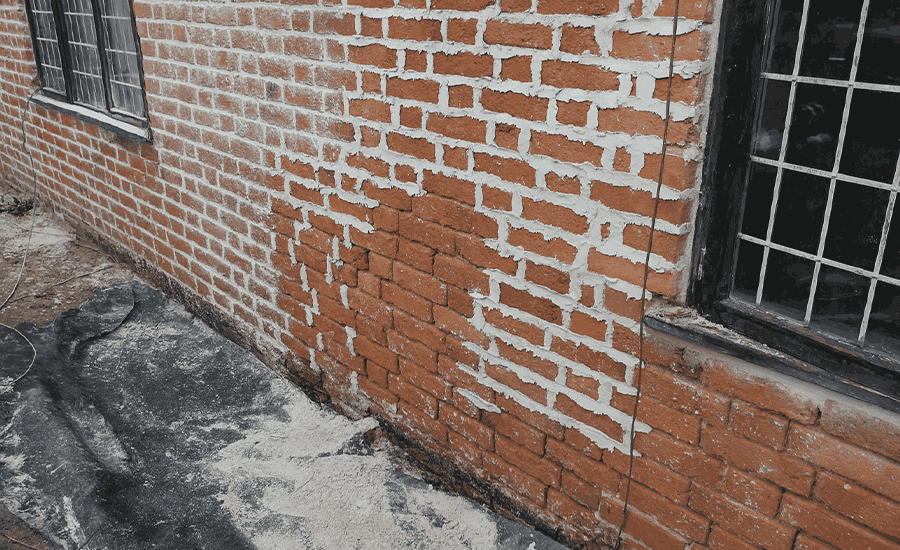
How Is Flush Pointing Done Step by Step?
Flush pointing strengthens masonry and prevents water penetration. This blog outlines a full step-by-step process using tools and materials suited for residential and commercial buildings

Flush pointing strengthens masonry and prevents water penetration. This blog outlines a full step-by-step process using tools and materials suited for residential and commercial buildings
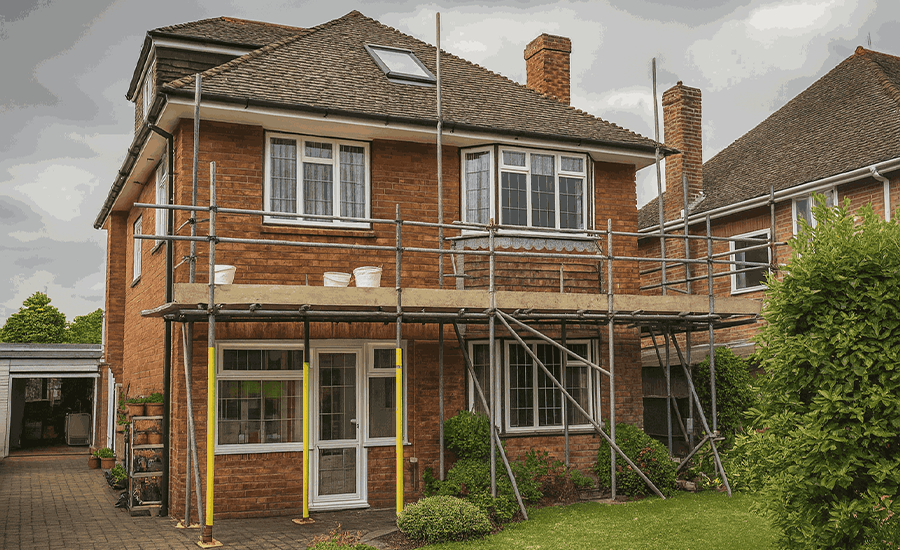
Discover the pros and cons of flush pointing and why it’s ideal for modern masonry in both residential and commercial construction.
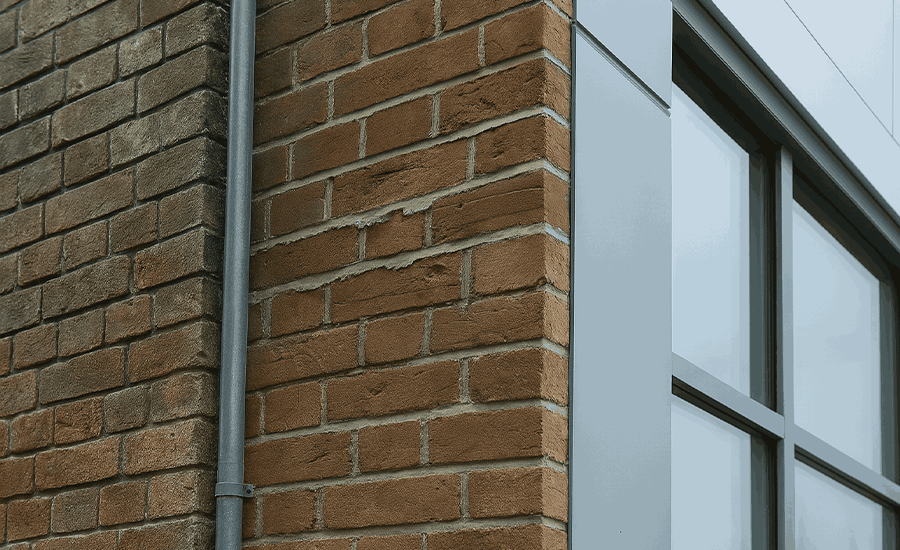
Flush pointing is more than just a traditional masonry technique — it’s a go-to solution in modern construction for preventing moisture, reducing upkeep, and enhancing

Flush pointing seals mortar joints tightly, preventing moisture buildup, water damage, and structural wear in residential and commercial masonry.

Repointing without removing old mortar may weaken structure, trap moisture, and reduce durability. Learn when it’s acceptable and when it’s not.

Explore the key reasons mortar joints fail in Westchester’s historic homes and why expert repointing is essential to maintain structural stability.
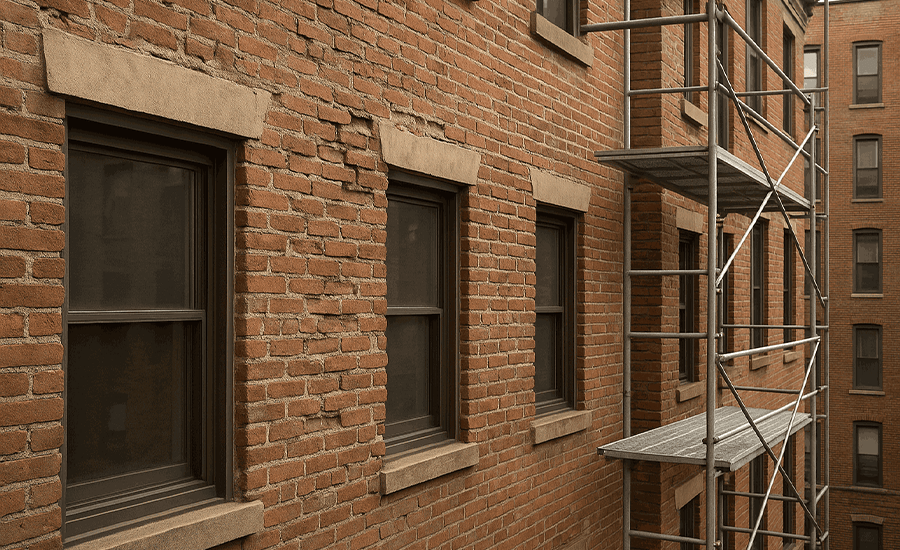
Discover key signs of brick pointing failure in Bronx structures and understand when expert help is needed to prevent serious masonry damage.

Brooklyn homes face faster mortar erosion due to aging structures and weather. Learn the causes and expert tips to maintain your masonry.
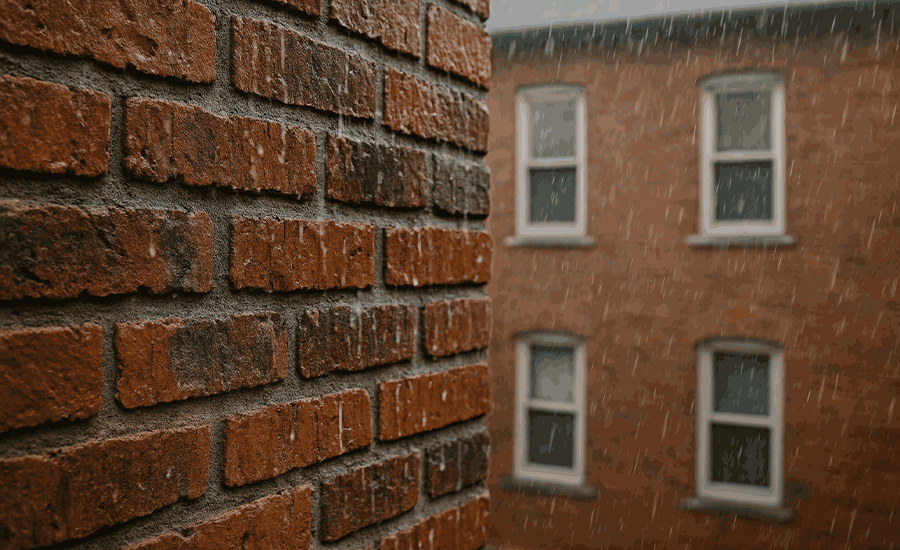
Queens’ sea-facing areas expose brickwork to moisture, salt, and seasonal shifts. Learn how this coastal weather harms your masonry and how to maintain it properly.

Mortar damage in Manhattan townhouses can start small—like surface cracks or moisture—but quickly grow serious. This blog explains key warning signs and practical tips to

Weathering patterns like efflorescence, brick delamination, and mortar cracks can be early warnings for repointing needs. In this blog, learn how to identify them and
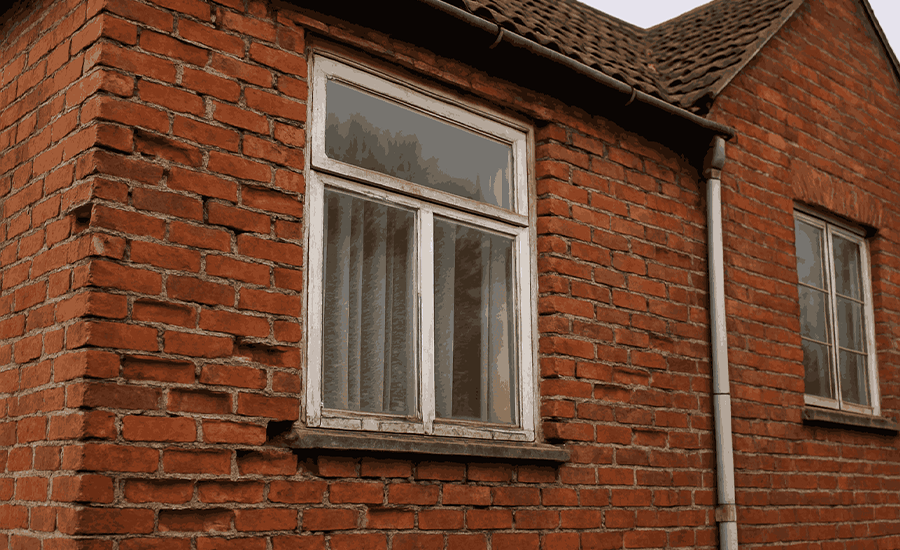
Delaying repointing may seem minor, but it can snowball into major damage. From foundation issues to energy inefficiency, explore the top risks and why timing